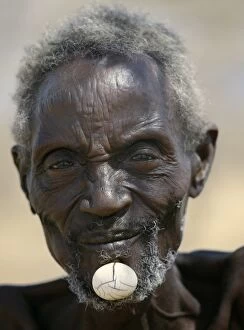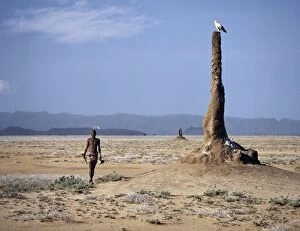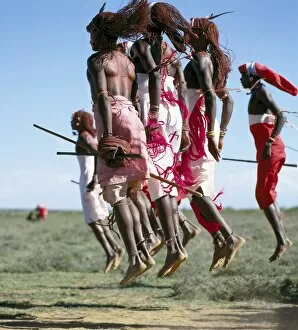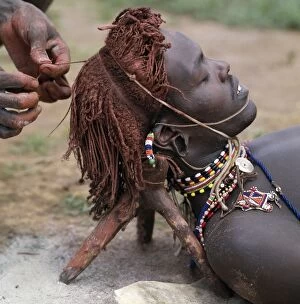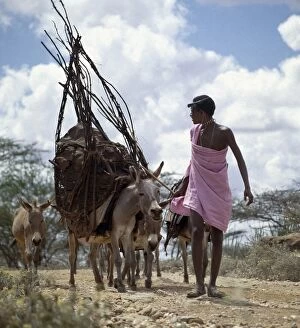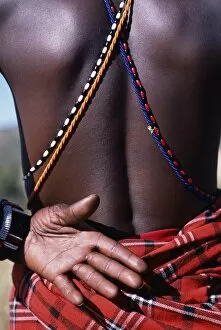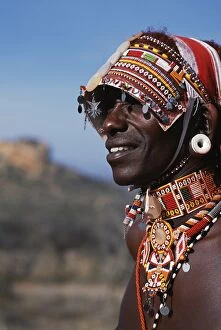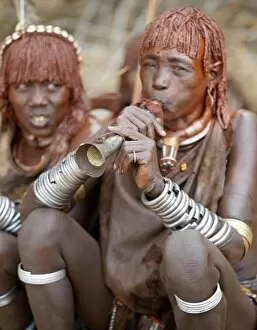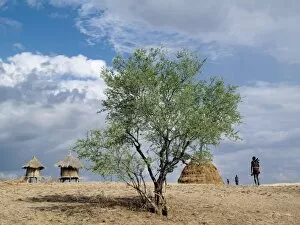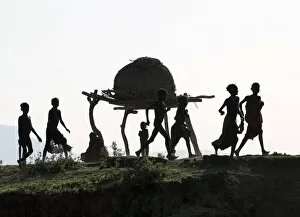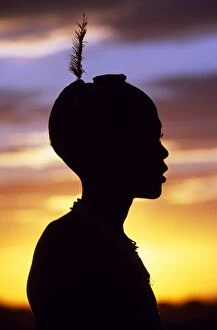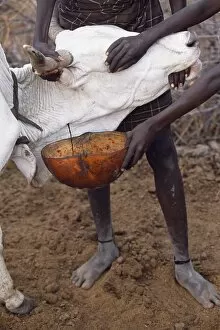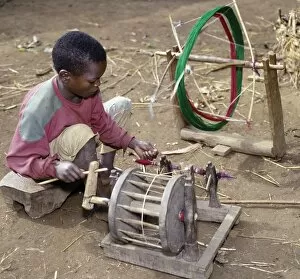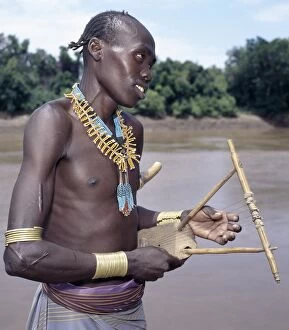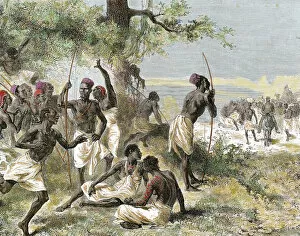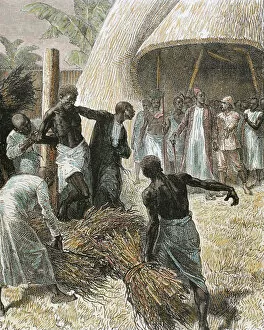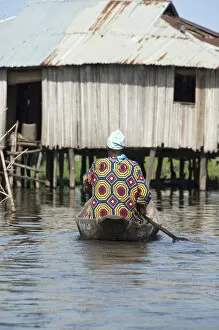African Tribe Collection (#5)
"Exploring the Rich Cultural Tapestry of African Tribes
For sale as Licensed Images
Choose your image, Select your licence and Download the media
"Exploring the Rich Cultural Tapestry of African Tribes: From Samburu Warriors to Himba Women" Immerse yourself in the captivating world of African tribes as a Samburu warrior gazes across the vast eastern scarp, his eyes filled with wisdom and strength. In Kenya's Masai Mara National Reserve, a Masai warrior stands tall, embodying the resilience and grace that define his tribe. Witness the vibrant traditions as young Masai girls adorn their faces with ochre, an ancient practice passed down through generations. Meanwhile, a Hadza hunter indulges in cannabis from a crude stone pipe, connecting with nature's rhythms in pursuit of sustenance. Marvel at the beauty of a Himba woman dressed in traditional attire, her body gleaming from red ochre—a symbol of cultural identity and pride. Journey back to the 1960s when an old Kikuyu lady carefully picks coffee beans, showcasing age-old agricultural practices that have sustained communities for centuries. Observe two Masai warriors gazing up at a hot air balloon floating gracefully over Masai Mara—an enchanting blend of tradition and modernity. Transport yourself to historical battles like Omdurman where brave soldiers charged fearlessly into battle under colorful banners. Discover unique tribal customs such as Pokot men adorning themselves with beaded ornaments while wearing cheetah skin—a celebration during Atelo ceremonies surrounded by joyous women. Experience the rhythmic beats resonating from kalungu drums—a vital part of African oral traditions. Notice how almost every Himba woman proudly wears anklets—symbols of femininity and cultural heritage intertwined. Delve deeper into Africa's rich tapestry as you explore these diverse tribes' languages, rituals, beliefs, and art forms that shape their identities. In this journey through time and culture, we are reminded that Africa's tribes hold invaluable knowledge about coexistence with nature and preserving ancestral legacies for future generations.


